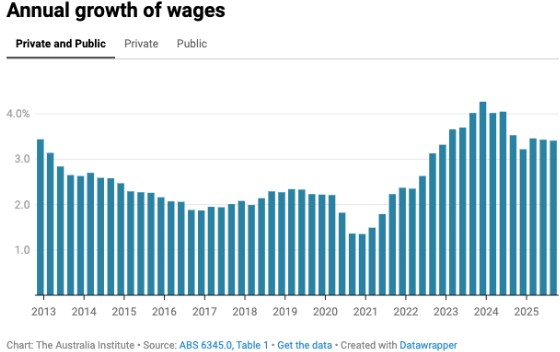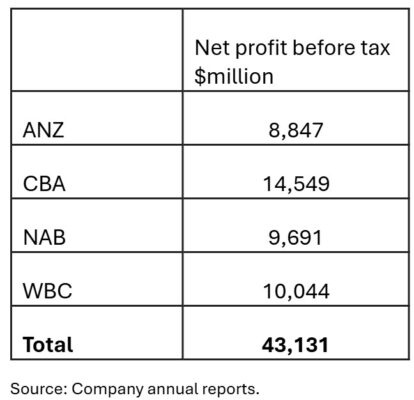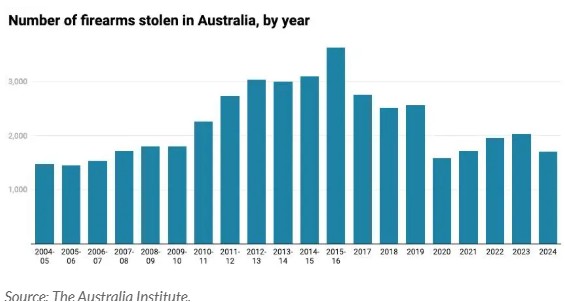On this episode of After America, Allan Behm and Angus Blackman discuss the American ‘double-tap’ strike on an alleged drug boat, Pete Hegseth’s use of Signal to share sensitive military information, and why Trump spent a night posting 160 times on Truth Social.
This discussion was recorded on Friday 5 December 2025.
A time for Bravery: what happens when Australia chooses courage is available now via Australia Institute Press. Use the code ‘POD5’ to get $5 off.
Aiming Higher: Universities and Australia’s future by Professor George Williams is also available now.
Guest: Allan Behm, Advisor, International & Security Affairs, the Australia Institute
Host: Angus Blackman, Executive Producer, the Australia Institute // @AngusRB
Show notes:
War Crimes: Where do Responsibility and Accountability Start and End? By Allan Behm, the Australia Institute (May 2025)


